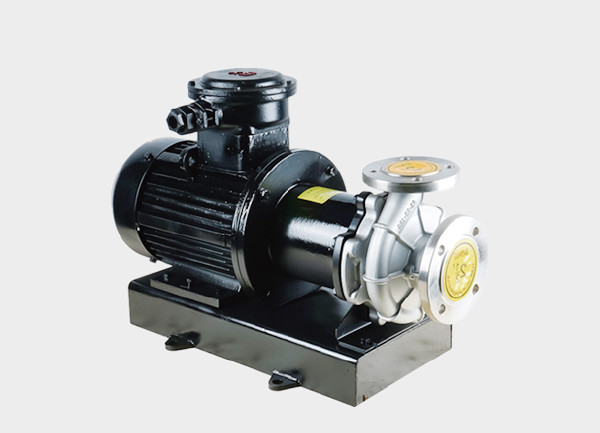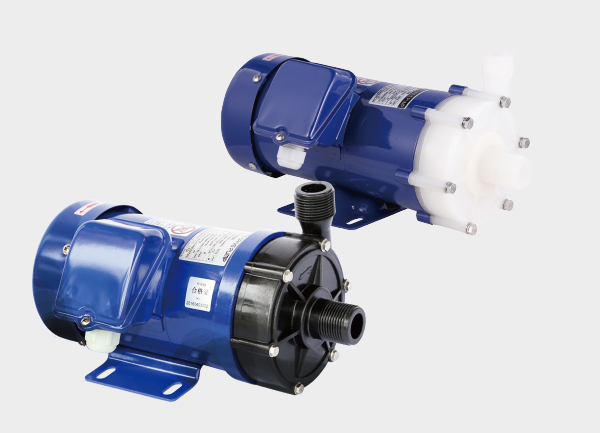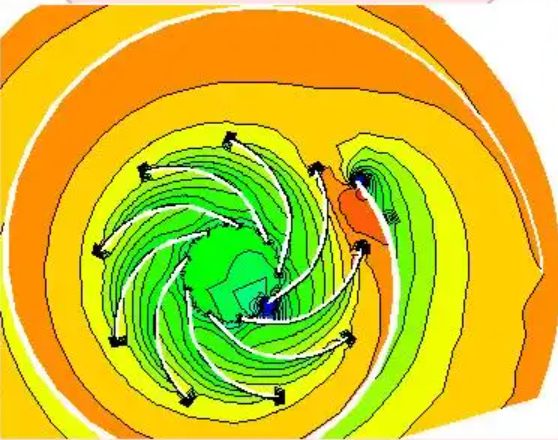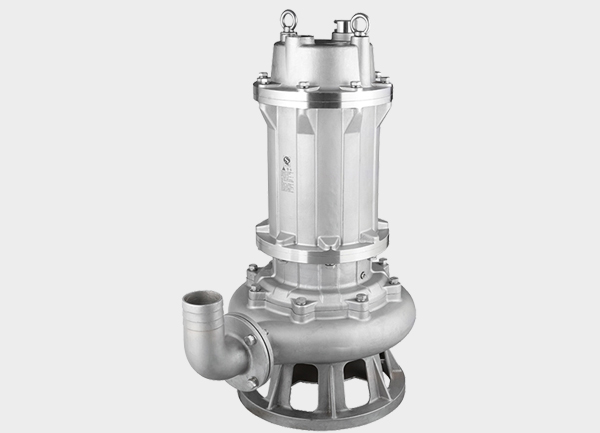Magnetic drive pumps (also known as mag-drive pumps or sealless pumps) are valued for their leak-free design, low maintenance requirements, and high safety in chemical applications. However, to ensure long-term efficiency and reliability, they require systematic maintenance. This guide provides in-depth practices for inspection, monitoring, troubleshooting, and component care, based on engineering standards and real-world best practices.
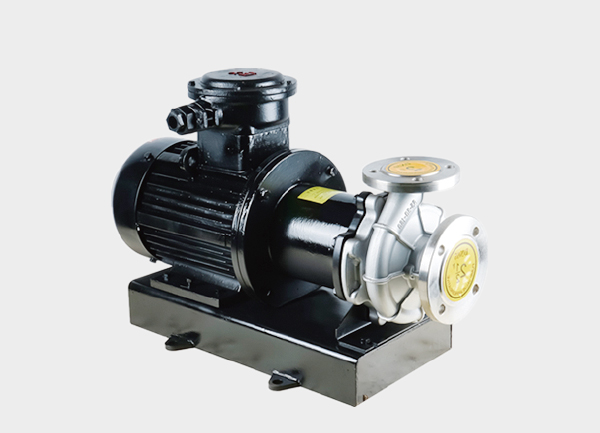
🔧 Why Proper Maintenance Matters
Unlike conventional pumps with mechanical seals, magnetic drive pumps use a non-contact magnetic coupling to transmit torque. This eliminates shaft seals and leakage, but introduces unique failure risks:
Containment shell damage → can cause direct leakage.
Bearing wear → occurs when lubrication or cooling is insufficient.
Magnet degradation → high temperature or chemical attack may cause demagnetization.
Solid particles and crystallization → increase risk of clogging and abrasion.
👉 Core principle: Never run a magnetic pump dry or under prolonged low flow, as this leads to bearing failure and overheating.
📊 Key Monitoring Parameters
For predictive maintenance, track these measurable indicators:
Motor current – Should remain within rated values. Sudden increases indicate blockage, bearing seizure, or abnormal load.
Bearing & casing temperature – Many manufacturers set 80–85°C as an upper limit for safe operation.
Vibration levels (ISO 10816) –
New/healthy pump: <1.4 mm/s RMS
Normal operation: <2.8 mm/s RMS
Alarm/shutdown: >4.5 mm/s RMS
Differential pressure & flow rate – Drops may signal cavitation, clogging, or impeller wear.
Containment shell inspection – Watch for abnormal heating, discoloration, cracks, or leaks.
Magnetic coupling performance – Monitor for torque slip or loss of synchronization.
🗓️ Recommended Maintenance Schedule
Daily / Per Shift
Visual check: leakage, cracks, pipe stress.
Monitor motor current, flow, and pressure.
Listen for unusual noise or vibration.
Weekly
Clean cooling vents and check motor fan.
Confirm suction line is air-free (no cavitation).
Monthly
Record bearing and casing temperatures.
Take vibration measurements if sensors are installed.
Every 2–3 Months (continuous duty)
Inspect magnet alignment and fasteners.
Check O-rings and gaskets for swelling or cracking.
Flush pump chamber if handling crystallizing fluids.
Every 6 Months
Partial disassembly to inspect bearings, containment shell, and impeller.
Replace worn bushings, liners, or gaskets.
Annually (Major Overhaul)
Full disassembly and measurement of wear parts.
Non-destructive testing (NDT) of containment shell (eddy current or ultrasonic).
Replace isolation shell, bushings, or magnets if degraded.
🔍 Safe Inspection & Disassembly
Lock-out / Tag-out (LOTO) – Disconnect and lock power supply.
Drain and flush – Neutralize hazardous fluids before disassembly.
Remove outer magnet assembly carefully – Strong magnetic fields require non-magnetic tools.
Inspect containment shell – Look for cracks, erosion, or chemical attack; perform NDT if needed.
Check bearings and bushings – Ceramic or SiC parts often show scratches or embedded solids.
Examine magnets – Look for demagnetization, corrosion, or loosened keys.
Reassemble and pressure test – Ensure tightness and run leak checks before returning to service.
⚠️ Common Problems and Troubleshooting
| Symptom | Likely Cause | Solution |
|---|---|---|
| Pump not delivering liquid | Suction line not primed, valve closed, air in suction | Re-prime, open valves, fix air leaks |
| Low flow / head | Impeller wear, cavitation, pipe blockage | Clean or replace impeller, improve suction conditions |
| Excessive noise/vibration | Bearing failure, misalignment, cavitation | Replace bearings, correct suction, balance impeller |
| Overheating | Low flow, dry run, blocked cooling path | Restore adequate flow, flush cooling circuit |
| Magnetic decoupling (slip) | Magnet demagnetized, overload, high temperature | Replace magnets, resize coupling, reduce load |
🧪 Materials & Engineering Considerations
Containment shell: Choose PTFE lining, ceramic, or metallic shells depending on fluid compatibility.
Magnets: NdFeB (neodymium) for standard applications; SmCo (samarium cobalt) for high temperatures.
Bearings & bushings: Silicon carbide (SiC) or ceramic for chemical and abrasion resistance.
Solids handling: Most mag-drive pumps are not suitable for high solid concentrations; install filters or strainers if necessary.
🚀 Engineering Upgrades to Improve Reliability
Add secondary containment shells and leak detectors (recommended by API 685).
Use online vibration and temperature monitoring for predictive maintenance.
Install suction strainers or back-flushing filters to protect from solids.
Select high-temperature magnets (SmCo) when operating above 150°C.
Perform baseline NDT scans on containment shells to track thickness loss.
✅ Key Takeaways
Never dry-run a magnetic pump.
Monitor current, vibration, and temperature regularly with thresholds for alarms.
Shorten inspection cycles for 24/7 operations (every 2–3 months).
Replace wear parts proactively—waiting until failure risks catastrophic leakage.
Use the right materials (ceramic, SiC, SmCo) for aggressive or high-temperature fluids.
📌 This guide is not just for engineers but also helps plant operators, maintenance supervisors, and chemical safety managers ensure safe, leak-free, and efficient magnetic drive pump operation.



